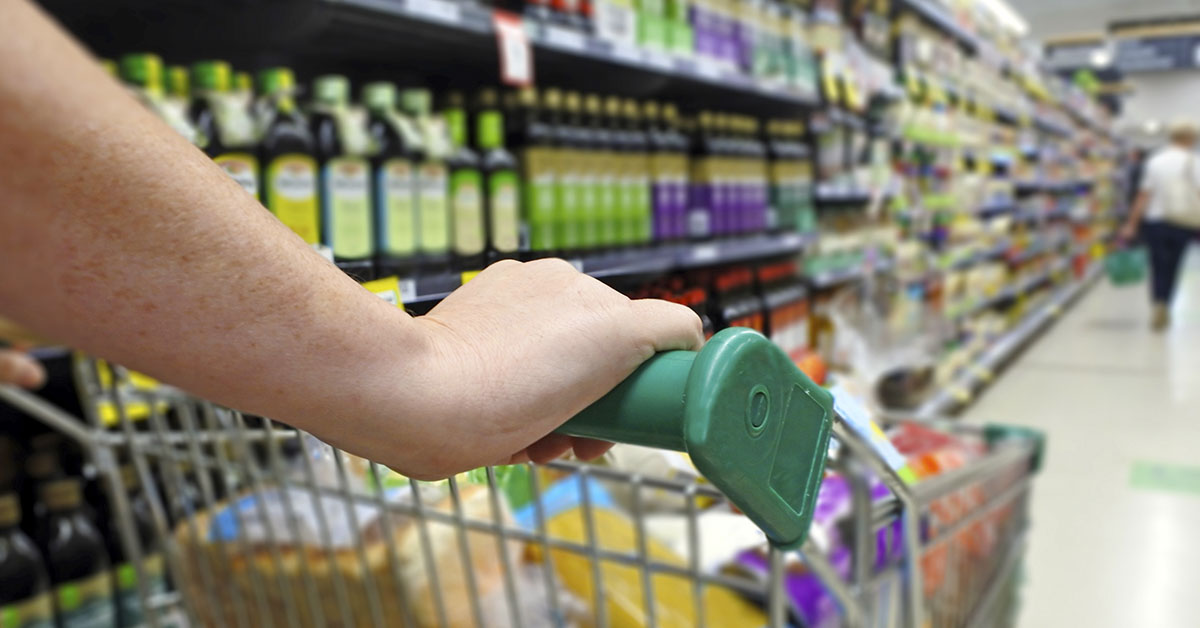The states most affected by tariffs confront steep grocery price hikes after twenty-five percent duties on Mexican and Canadian food imports began early 2025. USDA data show home food costs climbed 2.2 percent year over year, with fresh produce prices rising more than 5 percent. Families pay higher bills for staples like avocados, berries, flour and cereals. Retailers pass costs directly to shoppers via shelf prices. Budget-conscious households adapt by choosing frozen products, buying in bulk and selecting seasonal domestic items. Cooperative buying groups and community food programs expand to offset price increases. These shifts demonstrate how import duties translate into everyday grocery pain for impacted regions.
California
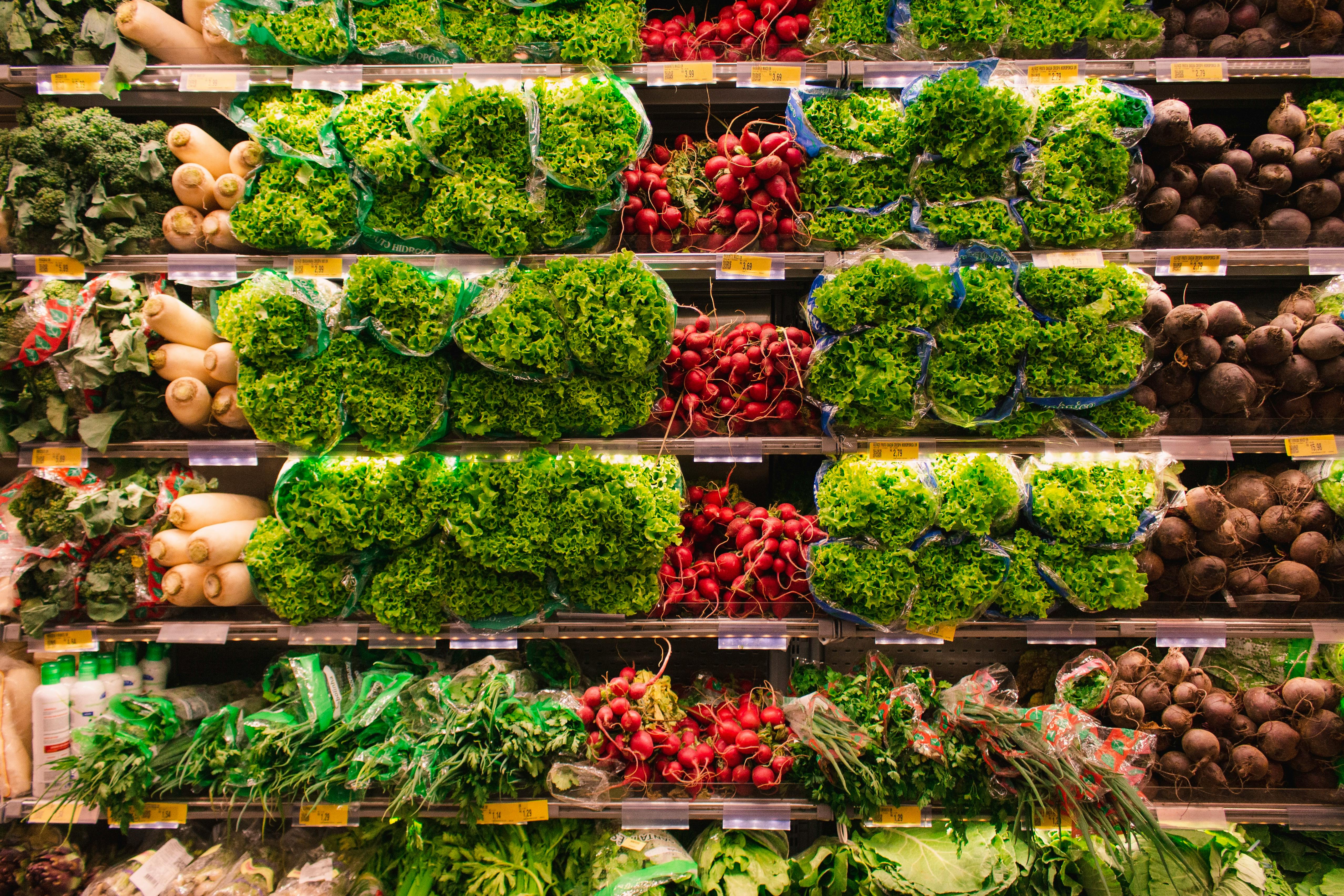
The states most affected by tariffs include California, which imports nearly eighty percent of winter avocados and berries from Mexico. When the duty began in March 2025, grocery shelves showed price increases of five to seven percent. Domestic farmers cannot meet winter demand until the spring harvest arrives. Shoppers now choose frozen fruit or in-state citrus to manage costs. State agencies track produce price trends and offer coupon programs for low-income households. Urban community gardens supply fresh fruit at lower prices to city residents. Food banks expand distribution to help families cope with higher produce bills.
Texas
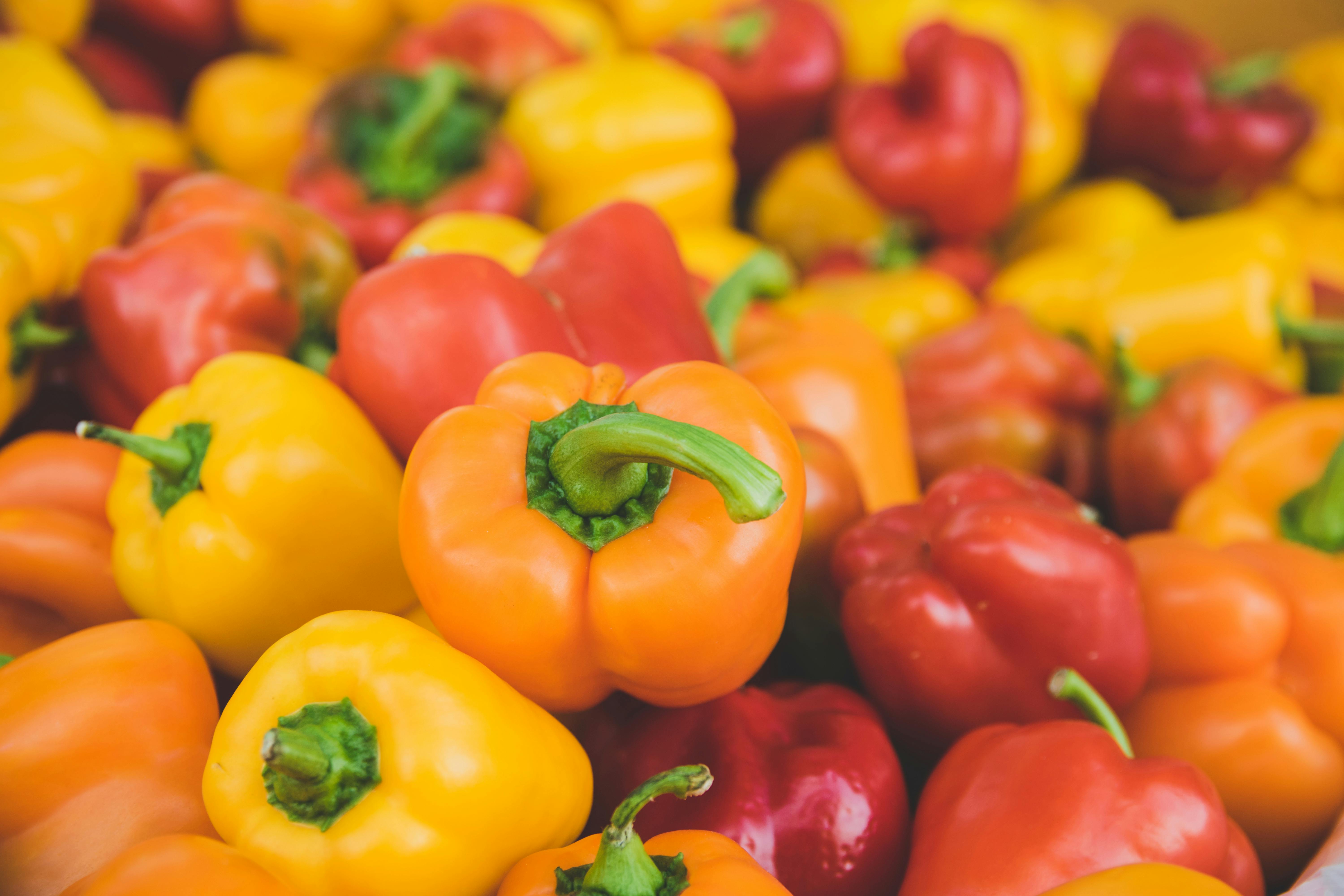
Texas handles over two billion dollars in fresh produce imports each year. A twenty-five percent tariff on Mexican and Canadian shipments took effect in March 2025. Wholesale tomato and pepper prices rose by eight to ten percent in Houston and Dallas markets. Major grocery chains passed these costs directly to shoppers. Many Texans now buy greenhouse lettuce and local winter squash to avoid the steepest price hikes. Agricultural cooperatives negotiate bulk deals to cut per-unit costs. Consumers track weekly market reports to plan purchases around lower price days. Food assistance programs adjust budgets to cover higher produce expenses. State policy makers explore tariff relief talks to protect local food supplies.
Florida

The states most affected by tariffs include Florida, which imports seventy percent of winter tomatoes and forty percent of berries. Since early 2025, grocery stores reported berry prices up by twelve percent month over month. Many consumers now favor frozen berries or home garden varieties to save money. Farmers markets see growing demand for bulk local produce. Retailers offer seasonal discounts on in-state fruit to attract price-conscious shoppers. Community preservation classes teach canning methods for surplus harvests. Local food pantries adjust orders to meet rising demand. State regulators monitor price trends to ensure fair practices.
New York

New York draws over one billion dollars in grain, flour and syrup imports each year. A twenty-five percent tariff on these products began in early 2025. Bakery and cereal prices rose by five to six percent in New York City and Buffalo. Local cooperatives now promote domestically milled grains and regional syrups to cut costs. Community baking classes have grown in popularity as residents learn to make staples from scratch. Grocery stores stock more whole grains and seeds to offer budget-friendly options. Restaurants adjust menus to include seasonal and local ingredients. State agencies track price data to guide relief programs.
Illinois
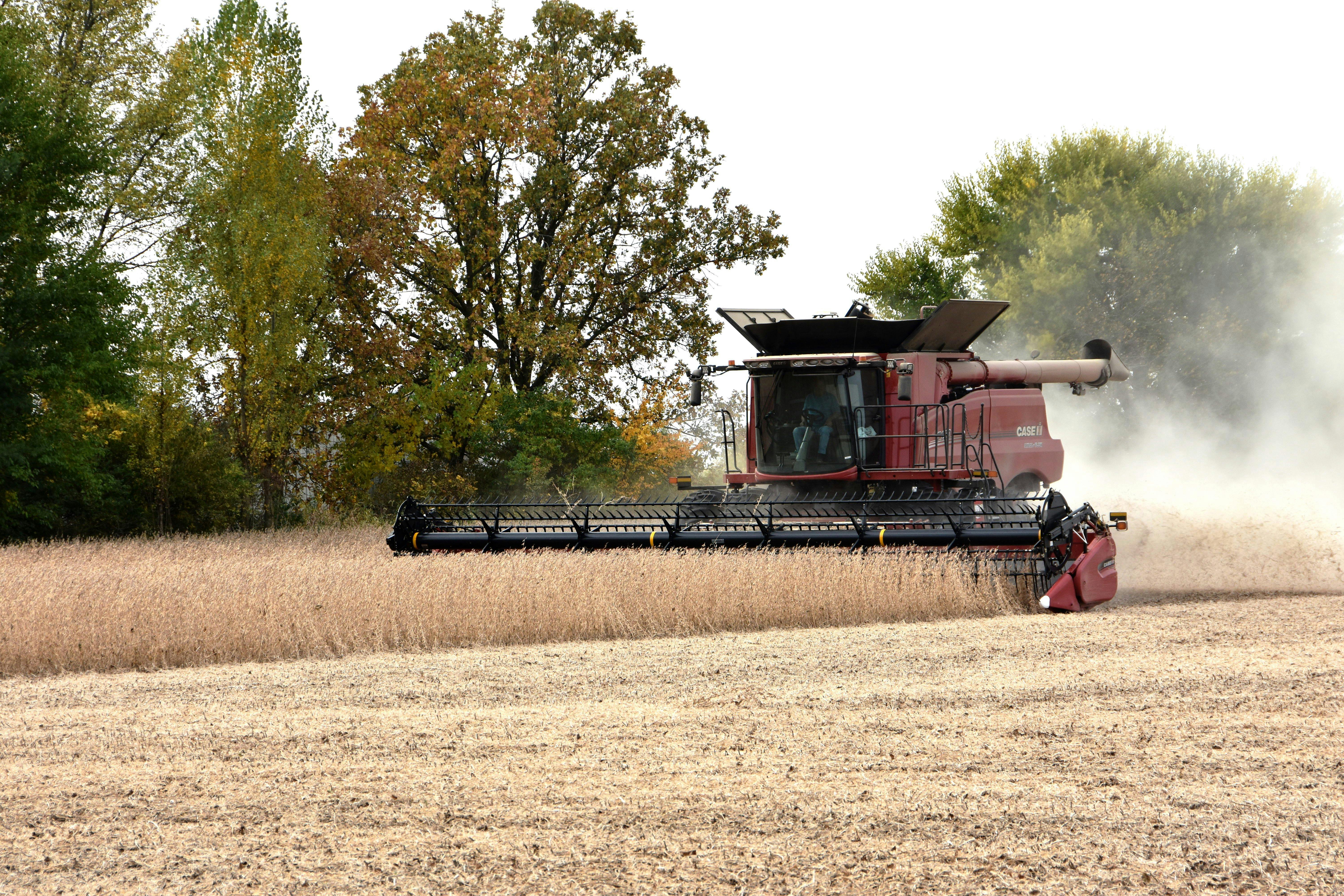
The states most affected by tariffs include Illinois, which processes over one billion dollars in Canadian grain and pulse imports annually. Tariffs drove bean and cereal prices up by four to six percent in Chicago and Springfield stores. Households now join bulk-buying programs at cooperatives. Local farmers boost small grain production to fill supply gaps. Food banks expand grain distributions to support families facing higher costs. Consumers switch to in-season cereal grains like oats and barley. Retailers highlight discount days to help budget shoppers. State officials explore tariff waivers to lower pantry staple prices.
Pennsylvania
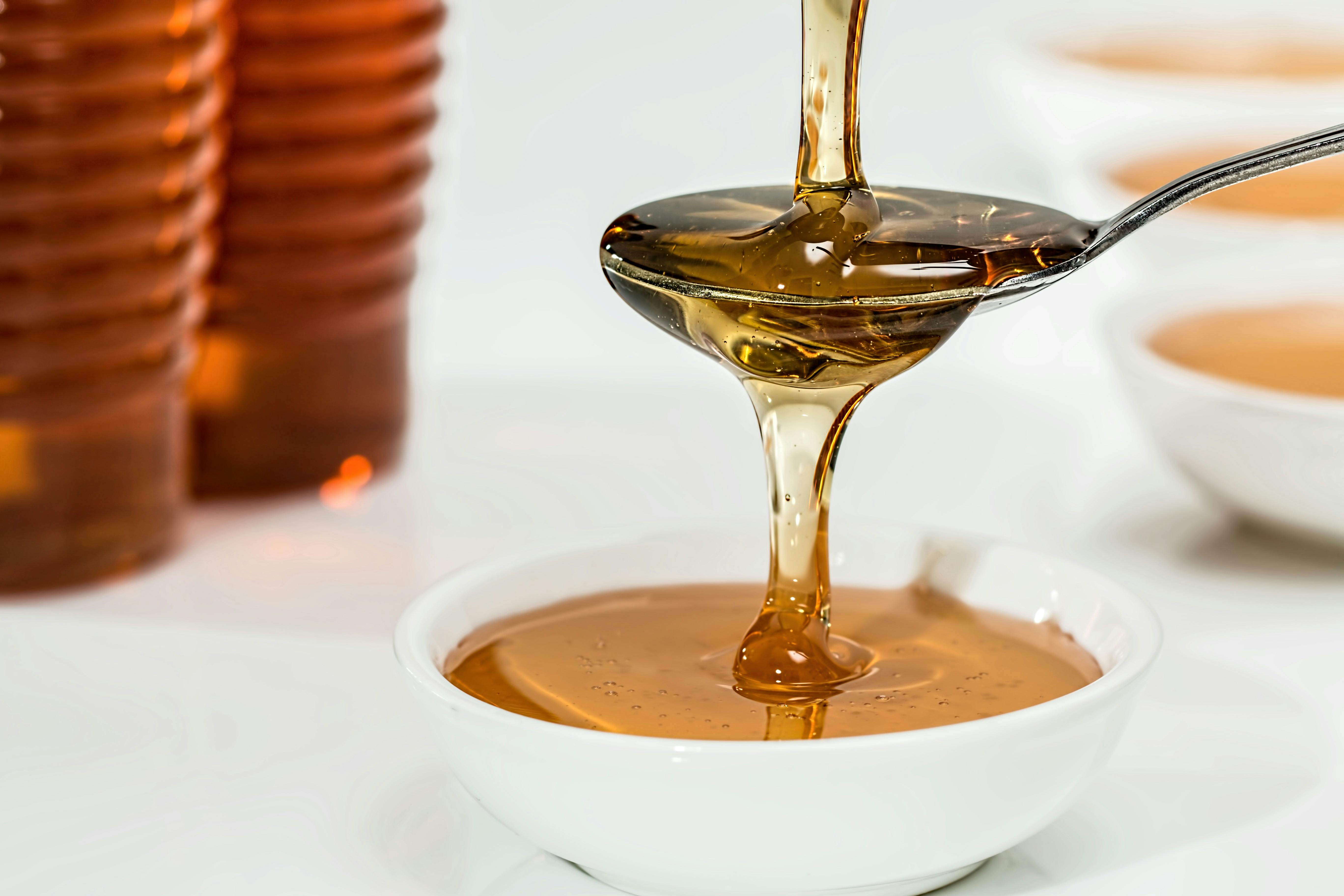
Pennsylvania sources thirty percent of its baking sweeteners and syrups from Canada. Since the duty began, sugar and syrup costs rose by four percent in Philadelphia and Pittsburgh. Home bakers now stock up before expected price hikes. Some switch to local honey and corn syrup alternatives to save money. Grocery stores promote bulk sweetener sales on select days. Community kitchens adjust menus to use less sugar. State food agencies monitor retail data to track cost increases. Farmers markets offer local sweetener products at competitive rates to support local producers. Food pantries adjust orders to meet higher demand.
Michigan

The states most affected by tariffs include Michigan, which imports over six hundred million dollars of Canadian meat each year. A twenty-five percent duty took effect in early 2025. Retail pork and beef prices rose by around five percent in Detroit and Grand Rapids. Consumers now join meat-share cooperatives to lock in stable rates. Local ranchers expand production to meet higher demand. Grocery stores feature more in-state hormone-free meat options. Households adjust meal plans to include plant proteins on cost-focus days. State regulators monitor market prices and support relief efforts. Restaurant menus shift to seasonal vegetables and legumes.
Georgia

Georgia brings in over three hundred million dollars of Mexican vegetables annually. The twenty-five percent tariff began in early 2025. Salad staple prices like tomatoes and bell peppers jumped by six percent at Atlanta and Savannah markets. Shoppers respond by canning fresh produce and buying in bulk when prices dip. Farmers markets hold preservation workshops for local residents. Grocery cooperatives negotiate group rates to reduce individual costs. Community gardens increase crop yields to help neighborhoods. State officials track price trends to guide assistance programs. Consumers explore alternative vegetables like cabbage and carrots to stretch budgets.
Conclusion

The states most affected by tariffs face ongoing grocery pain as import duties persist across the country. Families adapt by selecting seasonal produce, buying in bulk and choosing frozen goods. Local cooperatives and community programs expand to support impacted households. City planners and state agencies track price data to design relief measures. Urban gardens and food banks help bridge supply gaps. Consumers learn to preserve harvests and cook from scratch. These strategies highlight resilience in the face of higher food costs. Ongoing monitoring and community cooperation remain key to weathering tariff related grocery hikes.
Disclaimer: This article was created with AI assistance and edited by a human for accuracy and clarity.
